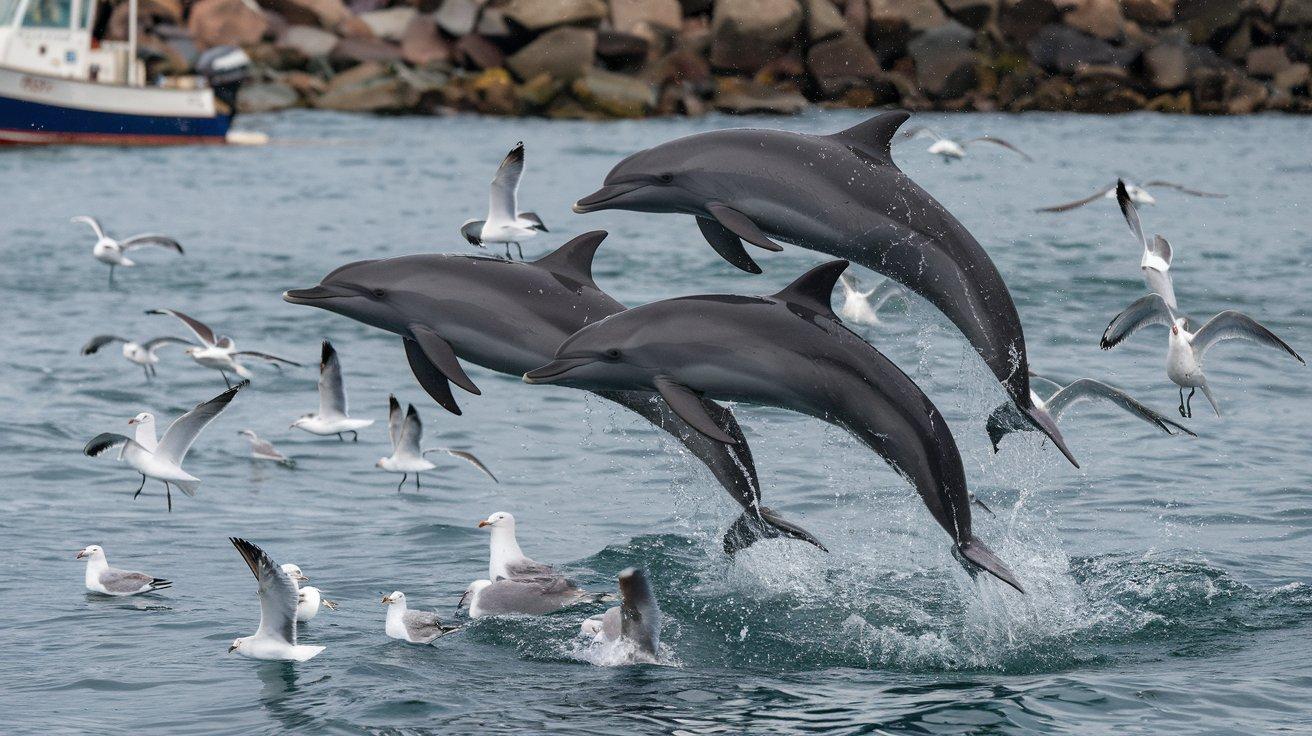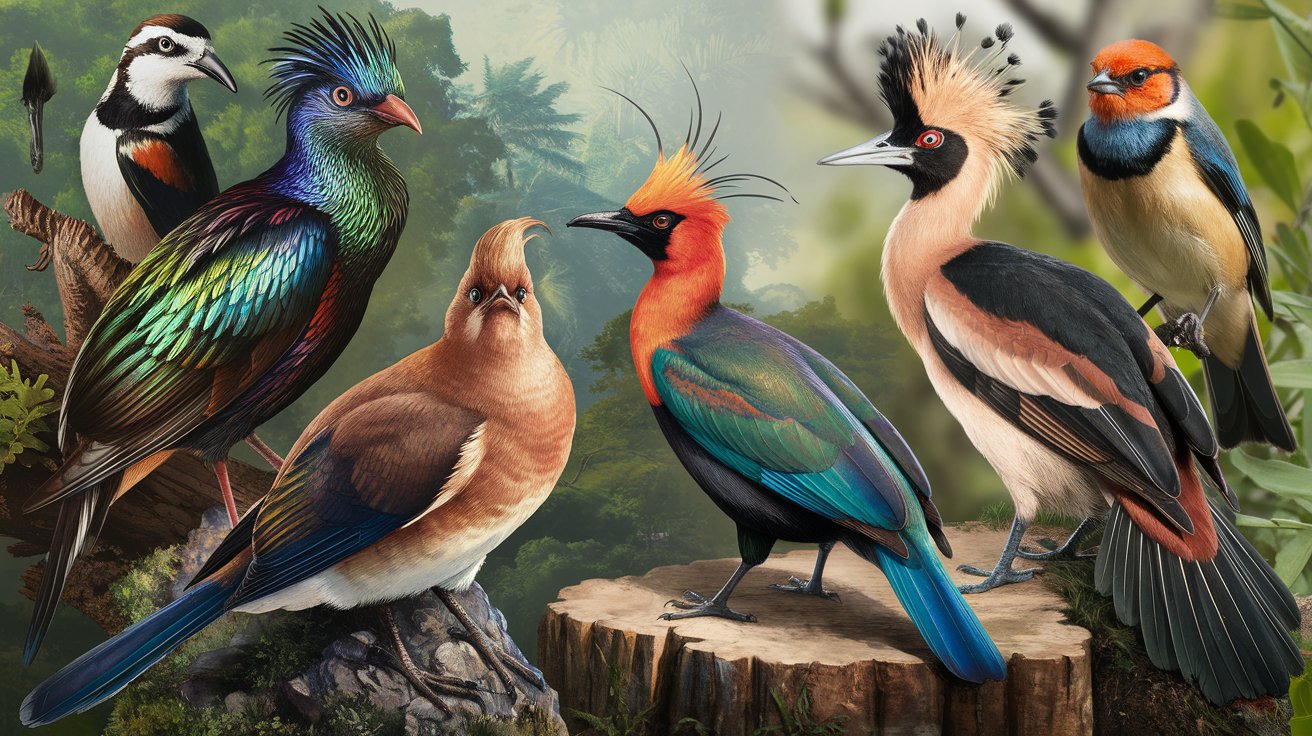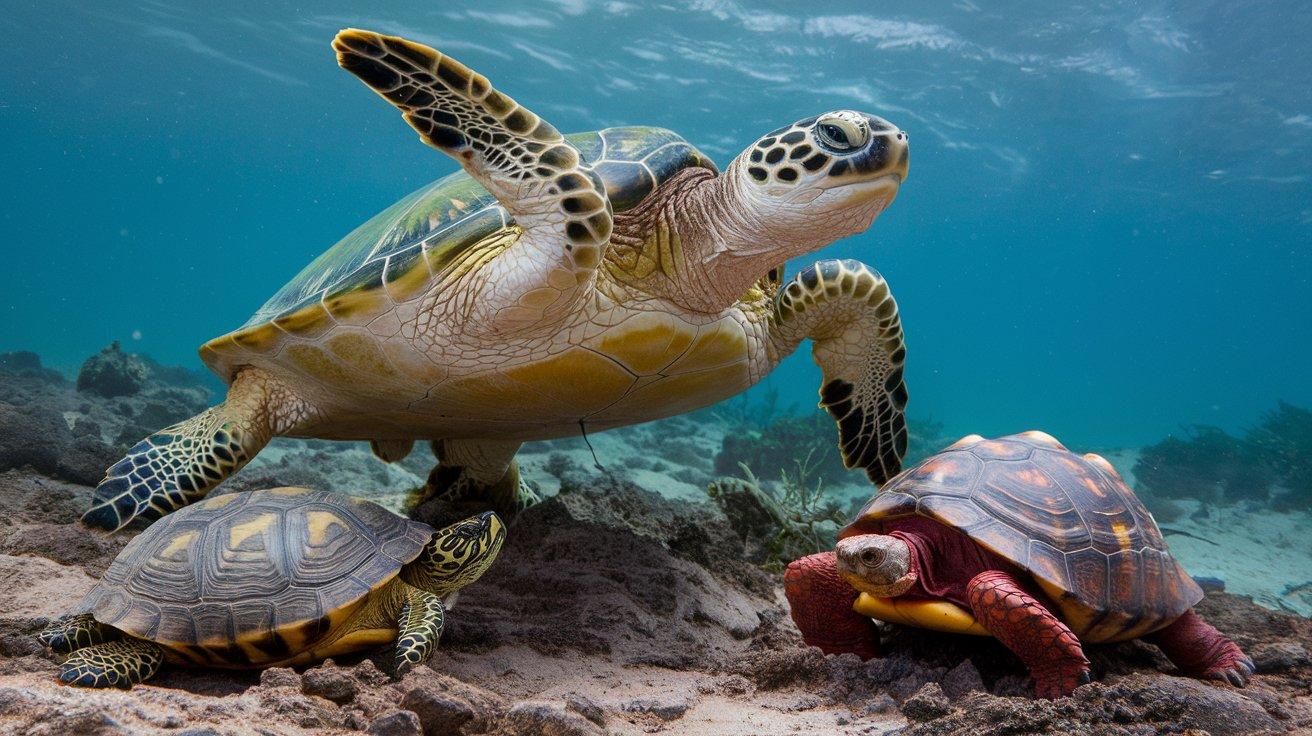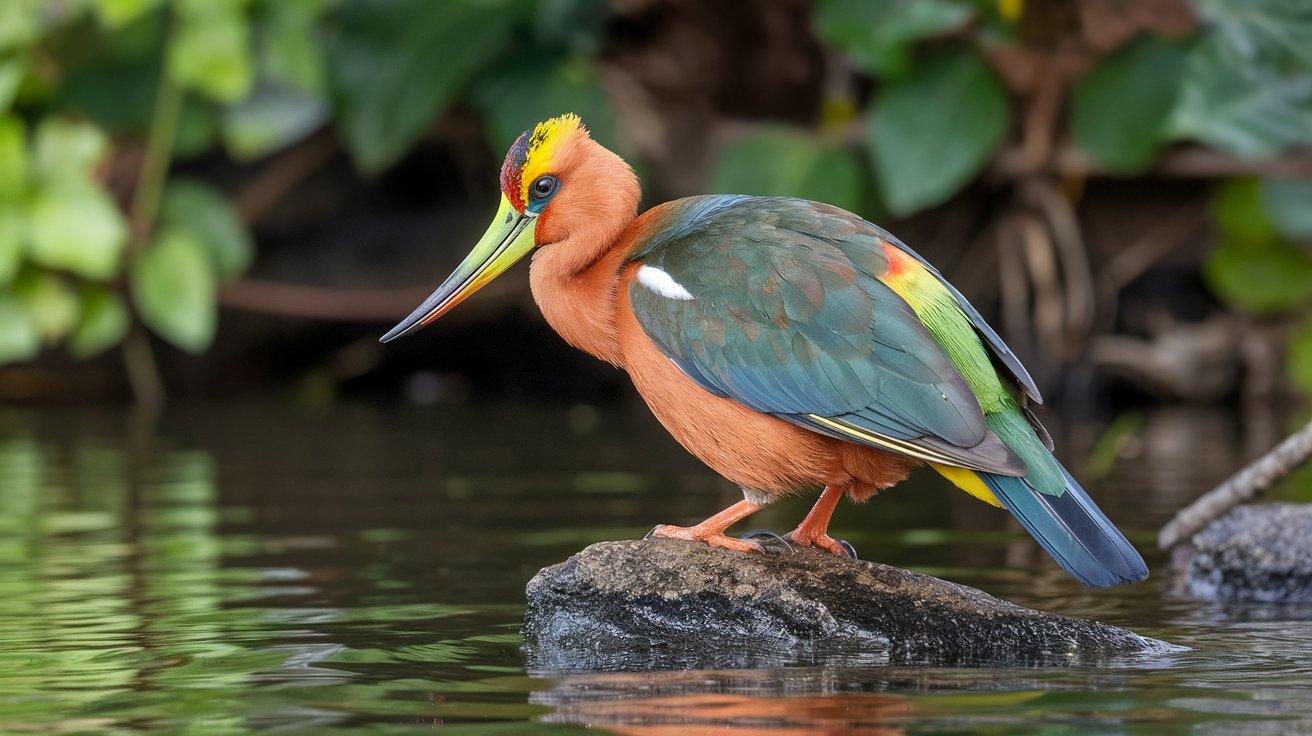Freshwater Dolphin Sea turtles, with their captivating intelligence and playful nature, have long fascinated humans. These marine mammals are not only beloved for their acrobatic feats and friendly behavior but also for the intriguing details of their biology and behavior. In this article, we’ll explore three key facts and curiosities about dolphins: their lifespan, their size and weight, and their diet. By delving into these aspects, we aim to provide a deeper understanding of what makes dolphins such unique and remarkable creatures.
How long do Freshwater Dolphins live?
In the wild, most dolphins can live a long time. Orcas can live 70 years or more. Bottlenose dolphins can live at least 40 years. In contrast, dolphins kept in captivity die much earlier than those in the wild. For example, bottlenose dolphins live, on average, up to 20 years in captivity.
To calculate the age of dolphins, we need to pay attention to their teeth. Unlike humans, who lose their baby teeth, a dolphin keeps the complete set of teeth it was born with throughout its life.
And unlike human teeth, dolphin teeth grow longer, producing layers of growth at the root. These layers are visible and distinct for each year of a dolphin’s life. Scientists can then determine a dolphin’s age by cutting the tooth in half and counting the layers of growth they see, much like the rings of a tree. So these layers are a very reliable way of telling the age of most dolphin species.
How much do Freshwater Dolphins weigh and measure?
Freshwater dolphins vary greatly in size, with their length ranging from 1.2 to 9 meters (4 to 30 ft) and their weight ranging from 39 kg to 10 tonnes (88 lbs. to 22,000 lbs.).
The largest members of the dolphin family are usually referred to as whales, such as orcas, false killer whales, and pilot whales. The world’s smallest dolphins, usually referred to as Hector’s dolphins, include a subspecies called Maui’s dolphin.
Some smaller species of dolphin can be found traveling in and around coastal waters, where they are less likely to face threats from potential predators, while larger dolphins may venture further out into the ocean, away from coastal waters (Srinivasan & Markowitz, 2010). But size does not always have a direct influence on where dolphins can be found living around the world, for example, striped dolphins here in the Azores can be found offshore, and are around 2m long.
Some examples of dolphin sizes and weights
| 1 | Common dolphin (Delphinus delphis) | 1.7-2.4 m | 70-110 kg |
| 2 | Striped dolphin (Stenella coeruleoalba) | 1.8-2.5 m | 90-150 kg |
| 3 | Bottlenose Dolphin (Tursiops truncatus) | 1.9-3.9 m | 150-650 kg |
| 4 | Long-finned pilot whale (Globicephala melas) | 3.8-6 m | 1.8-3.5 t |
| 5 | Orca, killer whale (Orcinus orca) | 5.5-9.8 m | 2.6-9 t |
In addition to staying close to coastal environments, small dolphins are also known to travel in large groups to protect themselves from predators. Predators of dolphin species can include killer whales and sharks (Srinivasan & Markowitz, 2010).
In the Azores, we sometimes see two species of dolphins at the same time on the same trip. For example, we might be with a large group of Atlantic spotted dolphins and suddenly some eels appear interacting inside the pod. Then we realize the incredible difference between these two species!
What do dolphins eat?
All dolphins are carnivores, eating fish and squid. Some dolphins eat crustaceans such as lobsters, shrimp, and crabs, while others eat octopus and cuttlefish.
Different species of dolphins focus on other foods and have different hunting styles. Sometimes we see schools of fish from our boats, and we can see in situ the typical documentary footage of the feeding moment!
Freshwater Dolphins have a three-chambered stomach, similar to that of an ungulate (cow or deer). The first chamber, also known as the anterior stomach, is where the food is chewed. The main stomach, or second chamber, then does most of the digestion. Finally, the last section of the stomach, the pyloric stomach, does the rest of the digestion before the contents are emptied into the intestinal tract.
And how do they find their prey?
Freshwater Dolphins use echolocation, a process that allows dolphins to emit sound waves. When these waves hit an object or prey, they bounce back, allowing them to identify the location, shape, speed, and size of that object. They can even distinguish texture!!
The time it takes for sound waves to return helps them determine distance. Sound waves take longer to return when the distance between the dolphin and its prey is greater.
Conclusion
Freshwater dolphins continue to captivate and intrigue us with their remarkable longevity, diverse sizes, and sophisticated hunting techniques. Whether it’s the killer whale’s impressive longevity, the significant differences in size between species, or their varied carnivorous diets, each fact underscores the complexity and adaptability of these marine mammals. Through continued research and observation, we can continue to discover the many wonders of dolphins, deepening our appreciation and efforts to protect these extraordinary animals.





